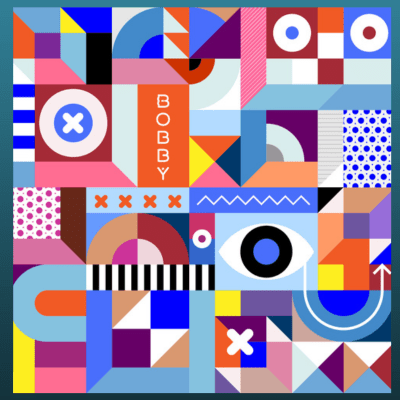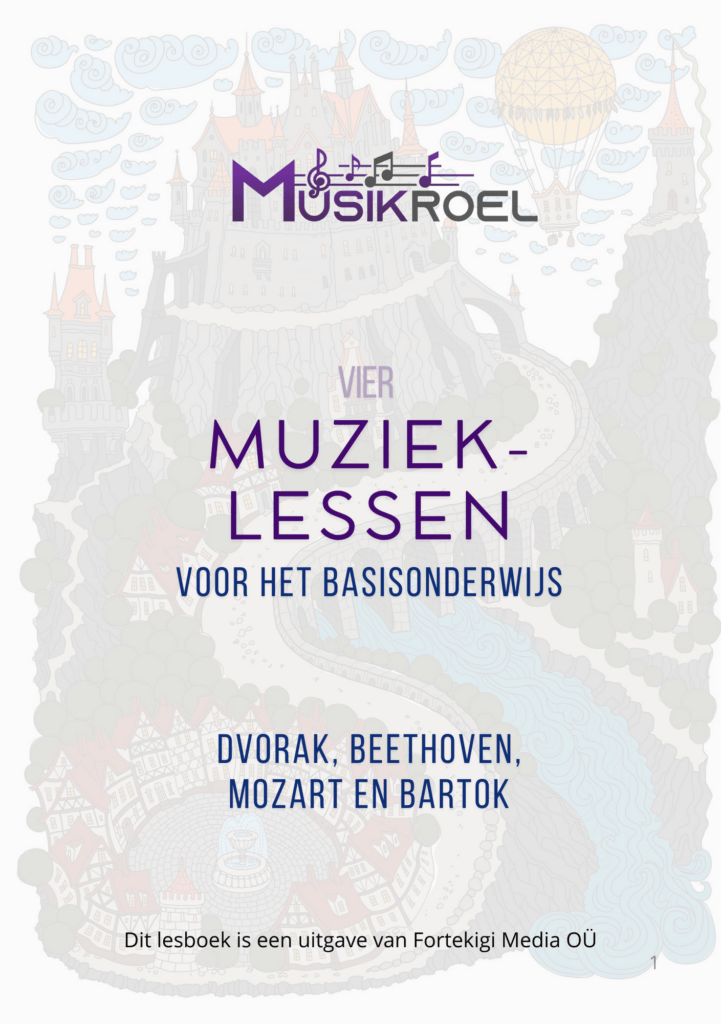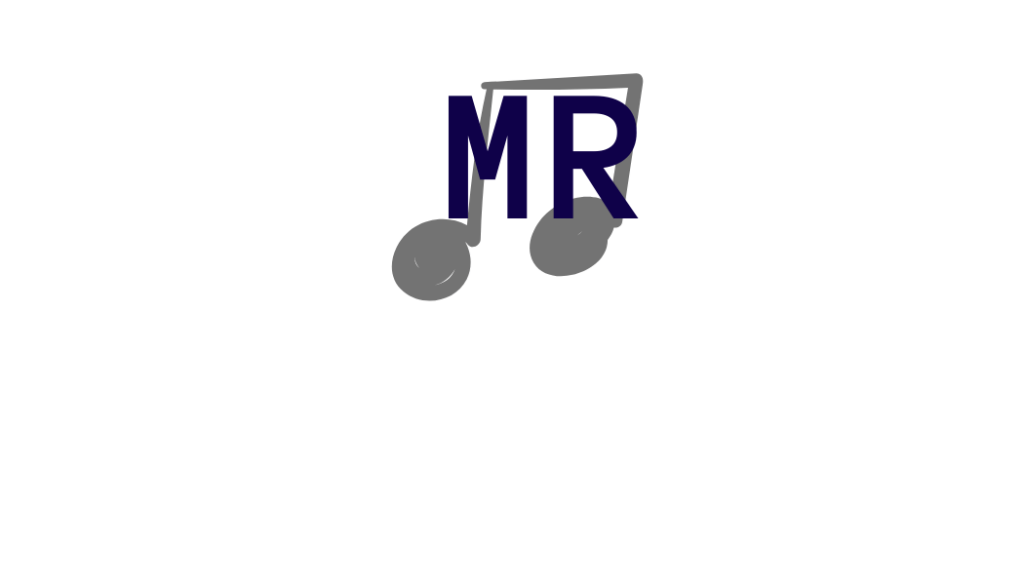Do you know why music lessons in elementary school are so unimaginably important?
I never imagined that music would have such a significant impact on children. It plays a crucial role in their learning and development in various ways. Ignoring this influence would be a missed opportunity, so let’s explore it in more detail.
For a long time, I have believed that music can enhance studying. When chosen thoughtfully, it can help improve focus and create a positive mood, making absorbing new information more straightforward and enjoyable.
TIP
You won't believe your ears! We've created a playlist to help you learn. Feel free to give it a try!
Music and language development
Wouter Schenke, Edith van Eck, Eke Krijnen, and Margriet Heim argue that musical and language development are closely linked. While no definitive scientific figures support this, there is substantial evidence from practical experience. For example, incorporating music in schools can help alleviate language disorders. Different musical elements such as pitch, rhythm, tempo, structure, and changes in volume aid in sound recognition. Singing songs, in particular, helps recognize words and sentences. Rhythmic patterns also stimulate language processing and comprehension.
Listening to music assists children in processing auditory cues and distinguishing between various sound types. Additionally, it positively impacts reading skills and vocabulary building. The authors suggest that listening to music has a beneficial influence, and active participation in making music further enhances children’s language development.
Furthermore, as Mark Mieras extensively discussed, music plays a role in brain development. Unfortunately, despite its significance and the growing understanding of its benefits, less teaching time is allocated to music education. This trend is regrettable, as music has a profound positive impact. American researchers even argue that a lack of music education at a young age could negatively affect academic performance later in life.
In the past, people claimed that listening to composers like Mozart and Schubert would enhance children’s intelligence, leading some parents to play these compositions for their unborn children. Some scientists casually suggested that Mozart’s music improved intelligence. However, no solid evidence supports claims about specific composers—only short-term benefits can be observed immediately after listening.
Music and brain development
Brain activity shows a strong connection between music and language processing. The thalamus is a significant nucleus in the brain that channels words and text to the left hemisphere and spoken language to the right. Young children’s auditory systems require stimulation for effective development and listening learning. The more effectively we train students, the better the thalamus functions, indicating that music is a form of auditory training.
Research indicates that children who receive musical training tend to listen better than those who do not. This training helps them manage noise and extract meaningful information, even amidst background sounds. The authors also discuss how music can assist children with language difficulties and note that children with dyslexia process sounds differently. Interestingly, composers often have a stronger connection between the brain’s two hemispheres; musical training enhances integration between these brain areas. This effect becomes even more pronounced when a child learns to play a musical instrument.
TIP
What can humming children do for your class?
When your students enter the classroom humming a song, it's a positive sign.
You can use this moment to kick off the lesson. For instance, encourage the class to sing the song together if they all know it. If they don't, you can quickly look up the lyrics (for example, on azlyrics.com) or find a karaoke version to play.
Media for teachers


There are eight reasons to use music in the classroom.
Music possesses a unique ability to unite people, stimulate creativity, and elevate emotions. In an educational setting, it serves as more than background noise; it can be a powerful tool that enhances learning, fosters a positive environment, and supports students’ emotional and cognitive growth. Here are several important reasons to incorporate music into the classroom:
- Enhances Focus: Music undeniably sharpens concentration and enhances information retention during tasks.
- Encourages Creativity: Music is a powerful tool for self-expression, driving students to think innovatively through singing, instrument playing, and composing their own pieces.
- Supports Emotional Well-being: Music effectively calms anxiety, uplifts spirits, and aids in processing emotions, significantly contributing to emotional intelligence.
- Builds Community: Group music activities foster teamwork and strong social connections, establishing a vital sense of belonging in the classroom.
- Improves Discipline: Mastering music demands practice and perseverance, instilling focus and productive energy in students.
- Promotes Cultural Diversity: Music is a gateway to various cultures, fostering deep appreciation and respect for diversity among students.
- Boosts Confidence: Performing or creating music enhances students’ confidence, motivating them to take on and conquer new challenges.
- Supports Inclusivity: Music delivers powerful therapeutic benefits for students with special needs, enhancing communication and social interaction in an inclusive environment.
Practical Ways to Integrate Music into the Classroom:
- Morning Music Rituals: Begin the day with a calming or energizing song to establish a positive tone.
- Educational Songs: Utilize songs to teach various subjects, such as math, science, or history.
- Brain Breaks: Introduce short musical breaks to help re-energize students during long lessons.
- Creative Projects: Encourage students to compose their own songs or create musical interpretations related to their lessons.
- Instrument Exploration: Provide opportunities for students to play instruments, promoting hands-on learning experiences.
Conclusion
Music in the classroom is not just an extra feature; it is an essential part of a well-rounded education. It nurtures the mind, body, and spirit, helping students excel academically, socially, and emotionally. Educators can help students reach their full potential by incorporating music into everyday learning and creating a classroom environment filled with harmony and joy.

